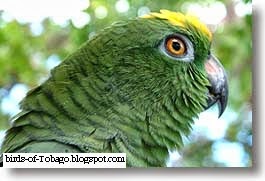 |
| Semipalmated Sandpiper (Calidris pusilla) |
Order : Charadriiformes
This is a diverse order which includes about 350 species of birds in all parts of the world. Most Chardriiformes are strong flyers, some species performing the most extensive migration of any birds. Most live near water and eat invertebrates or other similar small animals and most nest on the ground. the order is split into 3 main suborders; Charadrii (about 200 species including Sandpipers, Plovers and Lapwings ), Lari ( about 92 species including Gulls, Turns, Skimmers and Jaegers), and Alcidae ( about 21 species including Auks, Guillemots and Puffins)
Family : Sandpipers (Scolopacidae)
Predominantly birds of arctic regions, the Scolopacidae is a large family of waders or shorebirds, the majority of which eat small invertebrates picked out from mud, soil or sand. Different bill lengths mean that different species can feed in the same habitat without competing with each other. They are usually found in groups on or near the beach. For the most part they are silent in winter and on migration.
Name : Semipalmated Sandpiper (Calidris pusilla)
Length : 13 - 15 cm ( 5 - 6 in )
Adults have black legs and a short straight dark bill. The upperparts are dark grey-brown, underparts white, head and neck are tinged light grey-brown. Their breeding habitat is the southern tundra in Canada and Alaska where they nest near water. The males make several shallow scrapes, the female chooses one and adds grass and other materials to line the nest. The male assists in incubation, and a few days after hatching the female leaves the young with the male, however the young are able to feed themselves. The birds forage on mud flats and beaches picking up aquatic insects and crustaceans by both sight and feel. (the bill). They are long distance migrants and winter in coastal South America, the Caribbean and southern North America, migrating in flocks that can number in the hundreds of thousands, but such large groups are highly dependent on some key stop over habitats during their migration.
#Semipalmated Sandpiper #Calidris pusilla #Sandpipers #Scolopacidae #Charadriiformes #arctic shorebirds #migrant birds #coastal birds #North American migrant birds #birds #birds of Tobago
Bird identification images
































